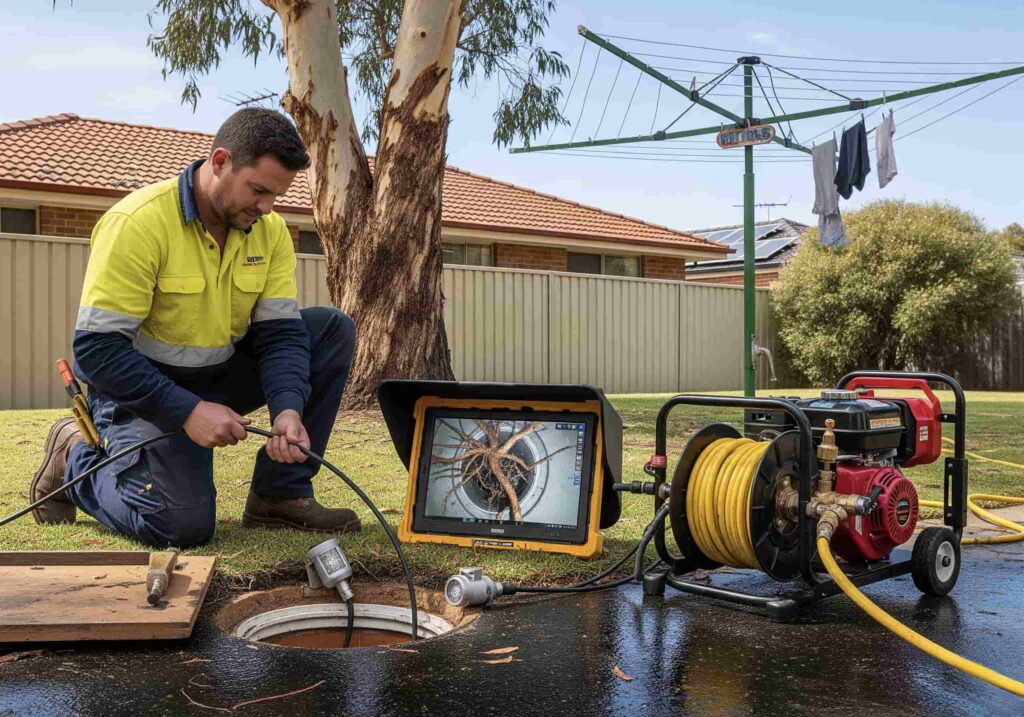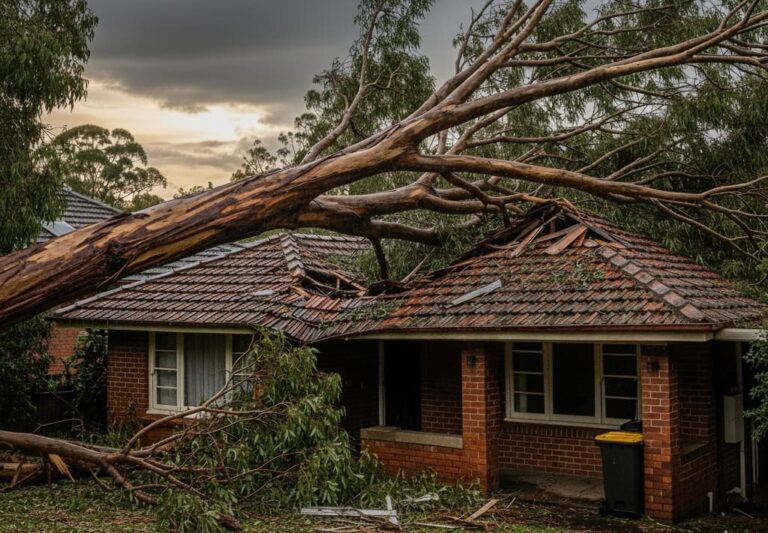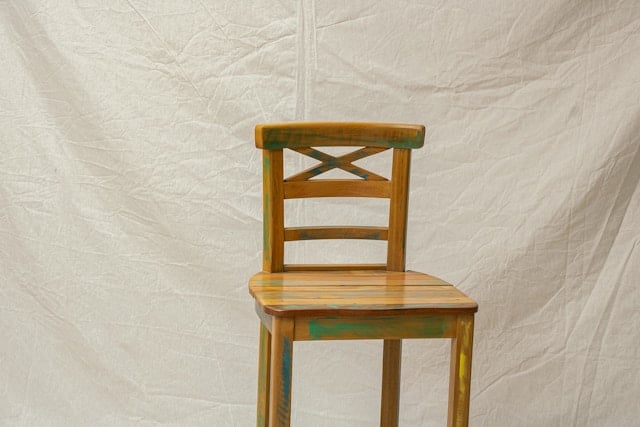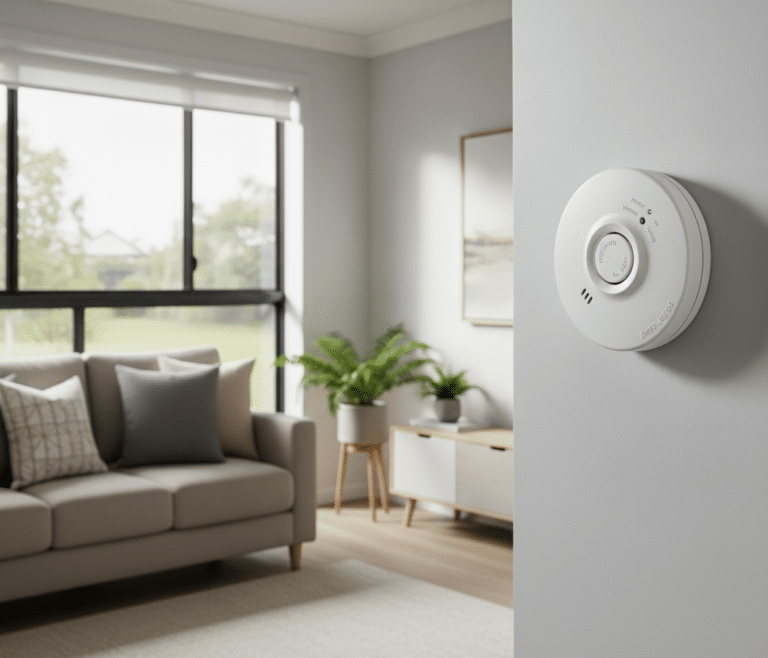Imagine your drains are like a secret tunnel under your house. Sometimes that tunnel gets blocked — tree roots sneak in like cheeky possums, or someone’s poured bacon fat down the sink (naughty, naughty).
A plumber doesn’t just poke around and hope; first, they send in a tiny CCTV camera — like a GoPro on a robot snake — to explore the tunnel and see what’s causing the traffic jam. Then comes jet rodding: picture a super-soaker water blaster that’s had too much Weet-Bix, zooming down the pipe and blasting away the gunk, roots, and grease until the tunnel is shiny again.
It’s like giving your drains a car wash, Aussie-style — minus the gum trees and kookaburras laughing at you while the loo finally flushes properly.
The gurgle starts small. Then the shower pools, the loo sulks, and the kitchen sink joins the protest. You can guess… or you can look. That’s why good plumbers run a CCTV drain inspection first, then follow with jet rodding (hydro jetting). One finds the problem; the other wipes it out. Less mess. Fewer “we’re back again” visits. And a video that proves what happened (handy for strata and insurance).
Why does this two-step beat guesswork
Old-school “poke and hope” clears the symptom, not the cause. The CCTV + jet combo:
- Diagnoses first, clears second. Camera confirms if it’s tree roots, fat/grease, scale, a sag (belly), or a cracked/clay joint.
- Sets the right plan. The footage tells the tech which jet nozzle and pressure to use—and where.
- Protects fragile pipes. Knowing the pipe material (PVC, clay, cast) avoids heavy-handed mistakes.
- Documents everything. You get video/stills, depths, and locations for quotes, maintenance, or pipe relining if needed.
- Prevents repeats. Clear the blockage and address the cause (root ingress point, grease habit, low spots).
Step 1: CCTV Drain Inspection (see first, then act)
A small, high-definition camera snakes through your sewer or stormwater line. On screen, you’ll literally watch the inside of your pipes in real time.
What it finds:
- Root ingress through joints/cracks (classic with older clay lines)
- Grease/fatbergs from kitchens
- Scale and mineral build-up narrowing the bore
- Foreign objects (wipes, toys, builder’s offcuts)
- Structural defects: cracked sections, offsets, sagging (holds water), collapsed pipe
What you get:
- A video file and still captures of problem spots
- Distance from the access point and depth (with a locator)
- A simple report with recommended next steps: jet rodding, repairs, or relining if the pipe’s compromised
Tip: Keep the footage. It’s proof for strata/landlords and a baseline for future checks.
Step 2: Jet Rodding (Hydro Jetting) — the clean-out after the close-up
Once the CCTV drain inspection shows what’s inside, the plumber switches to jet rodding (hydro jetting) to clear it properly. Think of a very long hose with a specialist nozzle on the tip. High-pressure water (typically in the 3,000–5,000 psi range on domestic jobs) blasts forward to break up blockages while rear jets drive the nozzle down the line and flush debris back to the access point.
What it actually removes (fast):
- Grease/fat in kitchen lines (emulsifies and flushes)
- Scale & mineral build-up (scours pipe walls)
- Grit, sand, and silt in stormwater after heavy rain
- Tree roots at joints (cuts and clears—then you treat the entry point)
Nozzles match the job:
- Penetrator: needle-like forward jet to punch through the blockage
- Rotary/Spinner: 360° wall clean for grease, scale, soap scum
- Root cutter (rotating head): trims root intrusions at joints
- De-scaler: focused wall contact for heavy scale/urinal stone
Why CCTV matters here:
The footage tells the plumber where the obstruction is, what it’s made of, and which nozzle/pressure is safe for that pipe material (PVC vs old clay vs cast). That means less time guessing, less water, and a much lower chance of pushing a problem further down the line.
Access & workflow (typical domestic):
- Set up at a clean-out or inspection opening (sewer) or pit (stormwater).
- Run a short jet pass to open flow.
- Swap to the correct nozzle and do the main clean.
- Flush and retrieve debris at the access point.
- Re-camera to confirm the pipe is clean and to document any defects that need repair or relining.
When to dial it down (or not jet at all):
- Collapsed pipe, shattered clay, or obvious offsets that the camera can’t pass — jetting won’t fix the structure; it needs repair/reline.
- Extremely fragile clay or unknown joints — the tech will use lower pressure and a gentler nozzle, or skip jetting until the repair plan is set.
- Backfall/sags (bellies) — jetting clears the debris but won’t cure the dip; expect maintenance until the section is corrected.
Safety & property sanity:
- Water-only method (no harsh chemicals in your drains).
- Used correctly, gentle on pipes, tough on blockages.
- Technicians control pressure, flow, and nozzle selection to suit the line and the material.
Result you can see:
A good team finishes with a post-clean CCTV so you (and strata/insurer) get before/after proof: clear bore, visible joints, and a plan for any structural issues the jet can’t solve.
Step 3: When CCTV + Jet Isn’t Enough — Repair or Reline (and Typical Aussie Costs)
Jet rodding (hydro jetting) clears blockages; it doesn’t fix broken pipes. If your CCTV drain inspection shows cracks, offsets, a collapsed section, or a long belly (sag that holds water), you’ll need more than a clean. Here’s how pros decide the next move—and what the money usually looks like in Australia.
Red flags that point to structural repair
- Repeat blockages within weeks after a thorough jet.
- The camera shows cracks, displaced joints, or a collapsed run.
- A long belly/backfall that permanently holds water and grit.
- Root ingress from the same joint despite root cutting.
- Sections the camera can’t pass (even after jetting).
Your two main fixes
Spot repair (excavate & replace)
- Best for: short, accessible breaks; shallow depth; small collapsed sections.
- Pros: removes the bad pipe entirely; great for single defects.
- Cons: digging, reinstatement (lawn/pavers/concrete), more disruptive.
Trenchless relining (CIPP)
- Best for: multiple defects, hard-to-dig areas (driveways, trees), deeper lines.
- Pros: no trenching along the whole run; fast; long service life.
- Cons: needs a relatively clean/round bore; junctions may need special cut-ins.
What it can cost in Australia (indicative, not a quote)
| Item | Typical Range | What it Affects |
| Call-out/attendance | $0–$150 | Time of day, distance |
| CCTV drain inspection + locate | $250–$500 | Length scanned, number of access points |
| Jet rodding (first hour) | $300–$650 | Blockage severity, nozzle swaps, setup time |
| Additional jetting per hour | $180–$350 | Length of run, multiple lines (kitchen + bathroom) |
| Root treatment (foam) | $180–$350 | Line length, repeat dosing |
| Spot repair (excavation) per metre | $1,000–$3,500 | Depth, surface reinstatement (concrete/pavers), utilities |
| Pipe relining (CIPP) per metre | $400–$1,200 | Diameter, length, junctions, and setup access |
| Junction cut-in / liner reinstatement | $800–$1,800 | Number of branches, access |
| After-hours / emergency loadings | +20–50% | Nights, weekends, public holidays |
How pros sequence the job (so it sticks)
- CCTV first → confirm cause, map distances/depths.
- Jet rodding → open flow and clean walls (essential prep for accurate decisions).
- Post-clean CCTV → re-check structure and measure exact repair scope.
- Repair or reline → targeted fix (spot or trenchless).
- Final CCTV report → before/after proof for strata/insurer and maintenance plan.
Preventing the encore
- Grease discipline in kitchens; enzyme maintenance where suitable.
- Root treatment schedule if trees remain (and consider root barriers).
- Regrade or replace long bellies (maintenance won’t cure backfall).
- Annual or 18-month CCTV checks for older clay/stormwater lines.
Homeowner/Strata Checklist (Make the visit faster & cheaper)
- Clear access to clean-outs/inspection openings and pits (garden gear, bins, pot plants).
- Move cars if a jetter trailer or vacuum truck needs the driveway.
- Note which fixtures gurgle/pool and when (after showers, rain, dishwasher) — this speeds diagnosis.
- Do not tip chemical drain cleaners down the line before the visit (dangerous + slows work).
- Secure pets, and ensure an outdoor tap and a nearby power outlet are accessible if needed.
- For strata: line up common-area access and approvals for repairs/relining if the CCTV shows a lot more than a simple blockage.
FAQs: CCTV Drain Inspection + Jet Rodding (Australia)
Q1: What’s the difference between a drain snake and jet rodding?
A snake (cable) bores a hole through a blockage; jet rodding (hydro jetting) uses high-pressure water to cut, scour, and flush grease, scale, silt, and roots off the pipe walls. Snakes are fine for soft/short blockages; jetters clean the full bore and last longer.
Q2: Do I always need CCTV first?
If the line’s totally backed up, a plumber may do a short jet pass to open flow. But the best result comes from CCTV first (to see what/where), jet second, and then post-clean CCTV to prove it’s clear and note any structural defects.
Q3: Is jet rodding safe for old clay pipes?
Yes—when done properly. The tech sets the nozzle type and pressure based on pipe material/condition. If CCTV shows a collapsed or severely offset joint, jetting is paused and a repair/reline plan comes first.
Q4: Will jet rodding fix tree roots forever?
It cuts and clears roots, but if they’re entering through a cracked joint, they’ll return. Pair jetting with root treatment and plan a repair/reline to stop ingress at the source.
Q5: How long does it take?
Most domestic jobs are 60–120 minutes end-to-end (access dependent): setup → CCTV → jet → post-camera → report.
Q6: What does it usually cost in Australia?
Ballpark: CCTV $250–$500, jet rodding first hour $300–$650, then an hourly rate if needed. After-hours and long access runs add cost. Structural repairs or relining are priced separately.
Q7: Can I use chemical drain cleaners first?
Please don’t. Caustics can be dangerous for the tech (and your pipes) and don’t remove scale, fatbergs, or roots. Save money and time by skipping them.
Q8: Sewer vs stormwater—does the method change?
The kit is similar, but the diagnosis differs. Sewer blockages are often wipes/grease/roots; stormwater sees silt, leaves, and roof grit. CCTV guides nozzle choice and pressure for each.
Q9: Do I get a video/report?
Good operators provide video, stills, distances, and depths, plus recommendations (maintenance vs repair/reline). Keep it for strata, landlords, and insurance.
Q10: How do I avoid repeat blockages?
Kitchen: no fats/oils down the sink; use enzyme maintenance where suitable. Garden: manage tree roots and consider barriers. Fix low spots (bellies) and cracks rather than living on repeat jetting.
Wrap-Up: See It, Clear It, Prove It
Guessing at blocked drains is how you pay twice. The CCTV + jet rodding sequence solves that: see the cause, clear it thoroughly, and prove the result on camera. If cracks, offsets, or a long belly show up, you’ll know exactly where and how to repair or reline—no mystery, no repeat call-outs for the same problem.
Keep the footage, note access points, and schedule a check every 12–18 months for older sewer/stormwater lines or properties with heavy tree cover. And skip chemical “quick fixes”—they rarely fix the real issue and can complicate the job.
Need This Done Right the First Time?
If you’re staring down a gurgling loo or a sink that won’t drain, book a CCTV drain inspection + jet rodding with a licensed plumber so you get answers (and a clean line) in one visit. Want plain-English advice or a quick sense-check before you book? Contemporary Plumbing is a solid place to start—clear info, real diagnostics, and the two-step method done properly.




